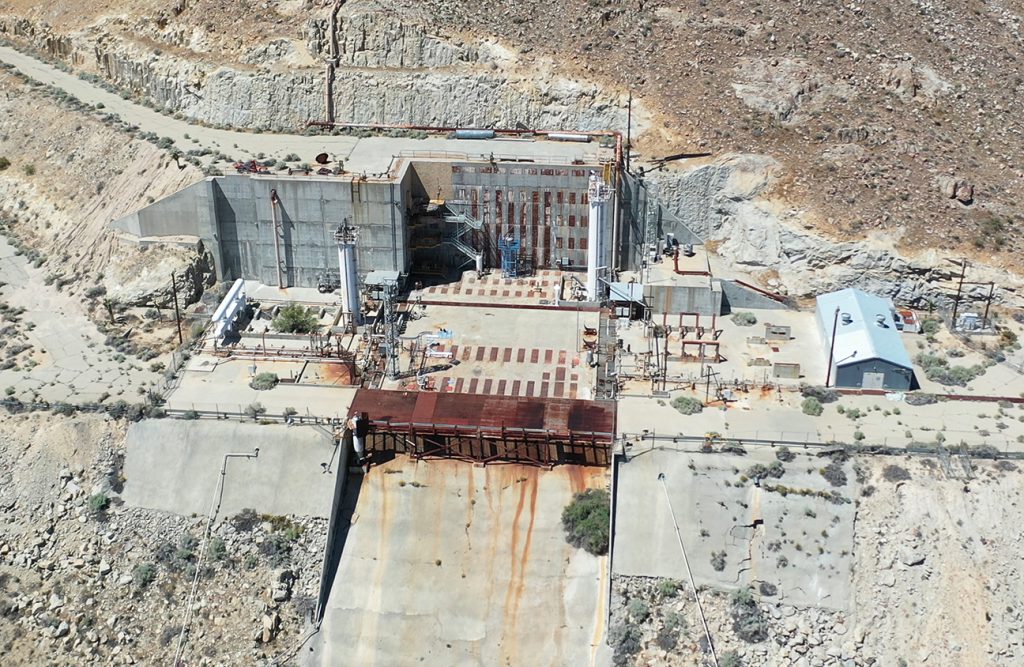Collaboration on development of next-generation rapid launch space systems
EDWARDS AIR FORCE BASE, Calif. – The Air Force Research Laboratory and ABL Space Systems are collaborating to develop and test rocket propulsion elements for use in launch vehicles thanks to a 3-year Cooperative Research and Development Agreement (CRADA) both organizations have agreed to.
The CRADA, which was finalized July 10, 2019, focuses on research and development collaboration efforts that will transform the standard methods for rocket testing and launch operations and mature the technology base for more dynamic, robust and rapid launch operations.
Members from AFRL’s Rocket Propulsion Division at Edwards AFB, California, and ABL, a privately-owned corporation in El Segundo, California, agreed on the collaborative effort with the final signatures of Dr. Shawn H. Phillips, chief of AFRL’s Rocket Propulsion Division, and Harrison O’Hanley, Chief Executive Officer of ABL.
AFRL will now be able to evaluate the test data provided by ABL as well evaluate rapid launch capability for current and future Air Force mission needs. In this collaboration, AFRL will be able to mature responsive launch operations with test data and studies that can be used for vehicle trajectory, sizing, payload performance and the overall launch system capability. The development, testing, and roll-out of rapid, rocket launch vehicles is an inherent United States Air Force interest. Greater flexibility of development and launch capabilities provide significant military advantages to the Air Force mission.
“We believe the development of future space technologies must be more agile, more rapid, and more affordable than is possible under the current paradigm,” said Dan Piemont, ABL founder and CFO. “AFRL is the ideal partner for ABL as we pursue this vision, due to their long history of leadership in propulsion, significant infrastructural assets, and deep understanding of the U.S. government’s evolving requirements in the space domain.”
AFRL and ABL are paving the way to next-generation resilient and responsive space systems. Today, conventional engine and vehicle development test facilities are large permanent fixtures. Similarly, launch infrastructures are typically a permanent non-movable site with the necessary on-site personnel and support infrastructure. These launch sites are specific to the vehicle, propellants, etc. and are limited by geography. The USAF is seeking to solve these current limitations and pursue more dynamic, flexible, deployable, and responsive operations.
“We are excited to work with ABL to explore innovative pathways of launching payloads into space from austere locations. For us, it is part of a bigger picture, part of developing a foundation for responsive launch where we also are bringing down costs for such capability by more than a factor of ten. Only by partnering with NewSpace companies can we truly create the foundation that is needed,” said Phillips.
Testing and development is slated to take place at Area 1-56 of the AFRL Rocket Propulsion Division here at Edwards.
The AFRL Rocket Propulsion Division has played a key role in advancing rocket engine technologies for the nation since 1952. AFRL has been a prominent player in nearly every liquid rocket engine developed and flown by the United States.
ABL Space Systems was founded by former SpaceX engineering leaders in 2017 to develop low-cost launch vehicles for the small satellite industry. ABL has 75,000 square feet of facilities for research, development, and production.

The High Thrust Rocket Research facility at Edwards Air Force Base, California, is one of only four stands in the United States capable of 10 million pounds of thrust. The facility has tested programs such as Big Dumb Booster, High Thrust, Space Shuttle Alternative 1969-1971, and Super Hippo 1976-1979. (Courtesy photo)
